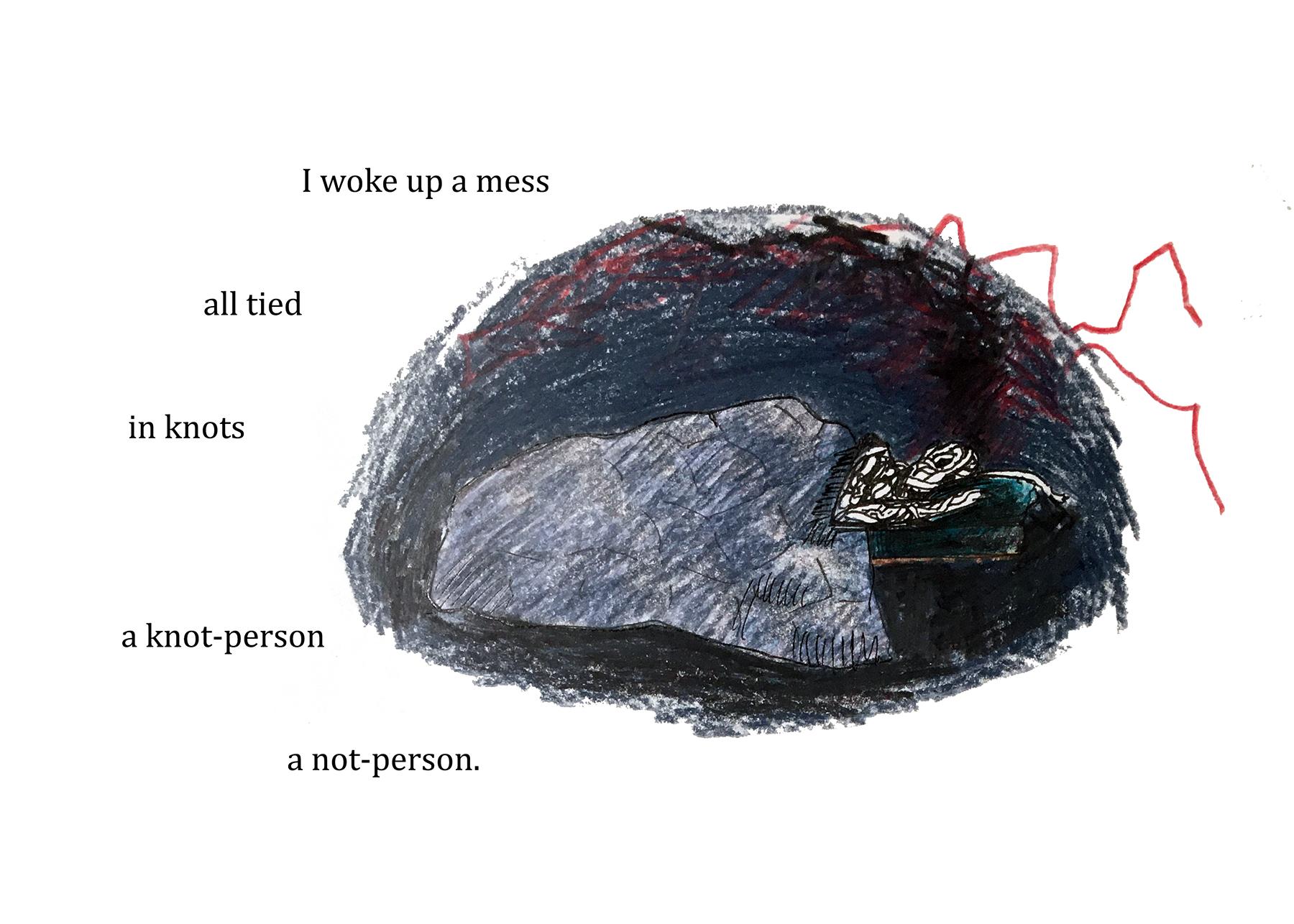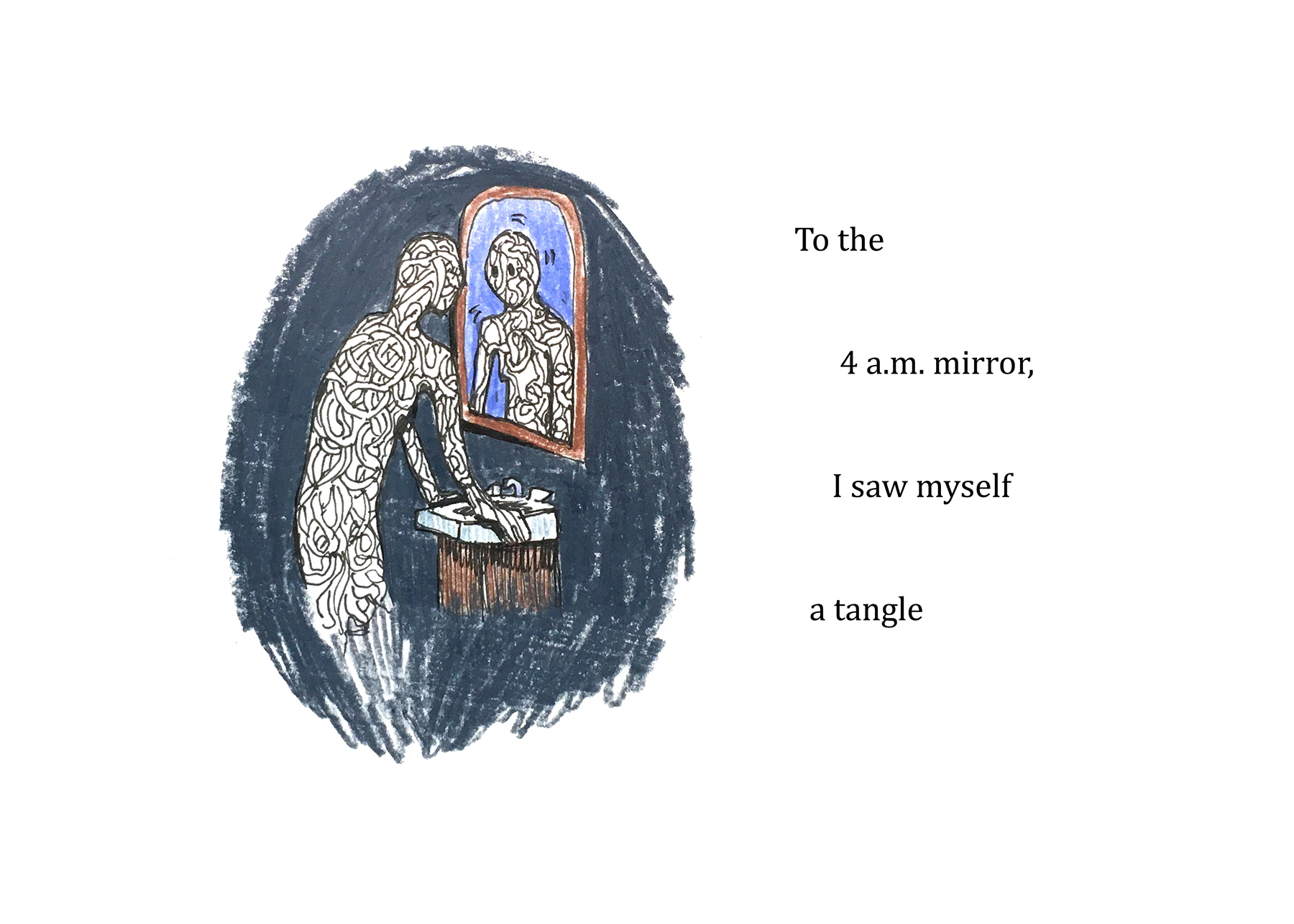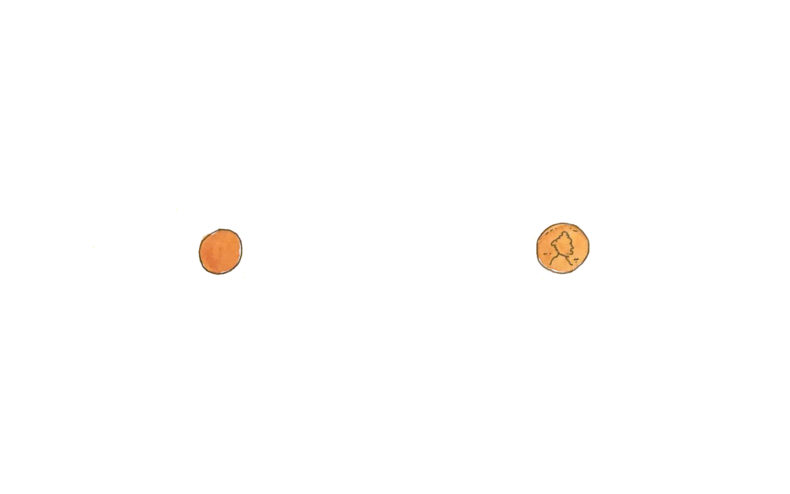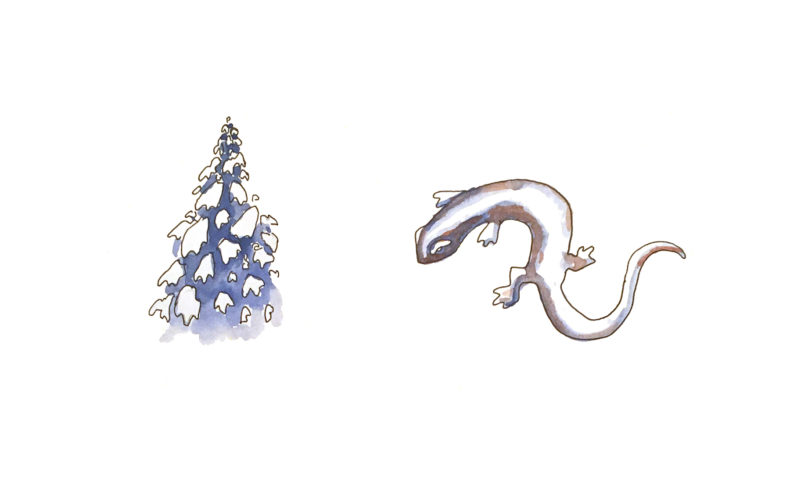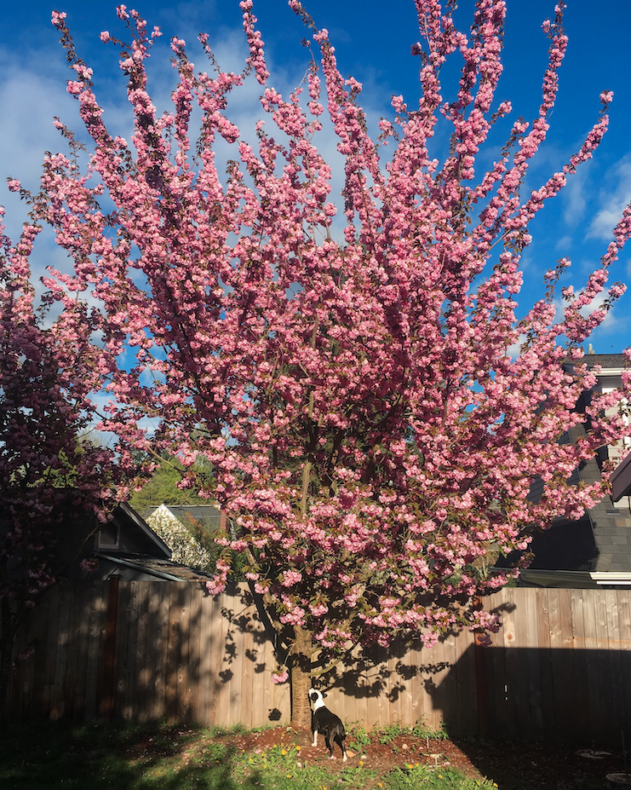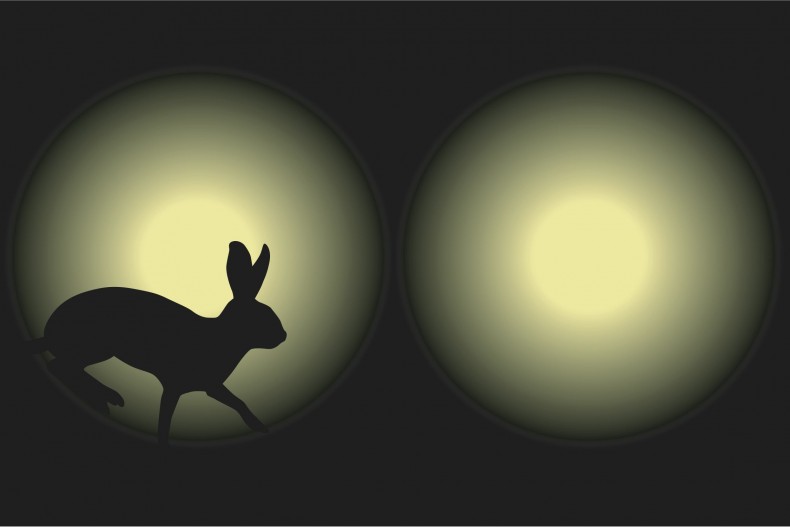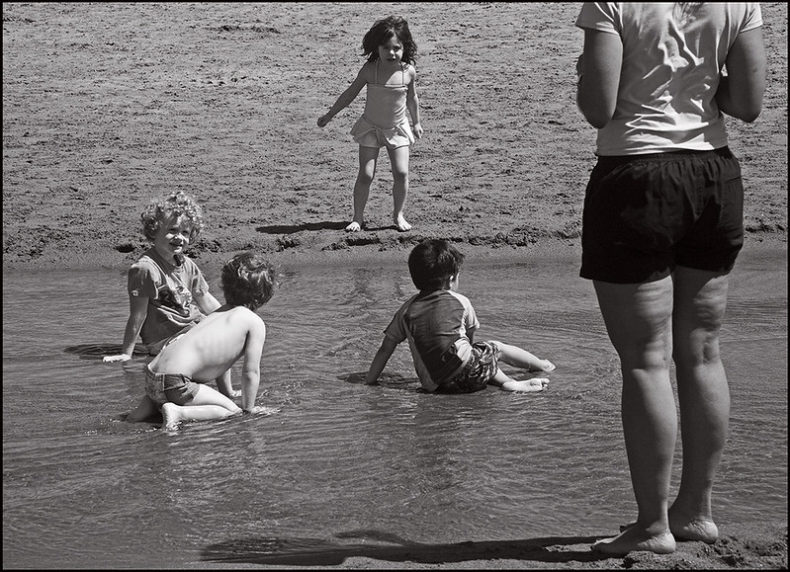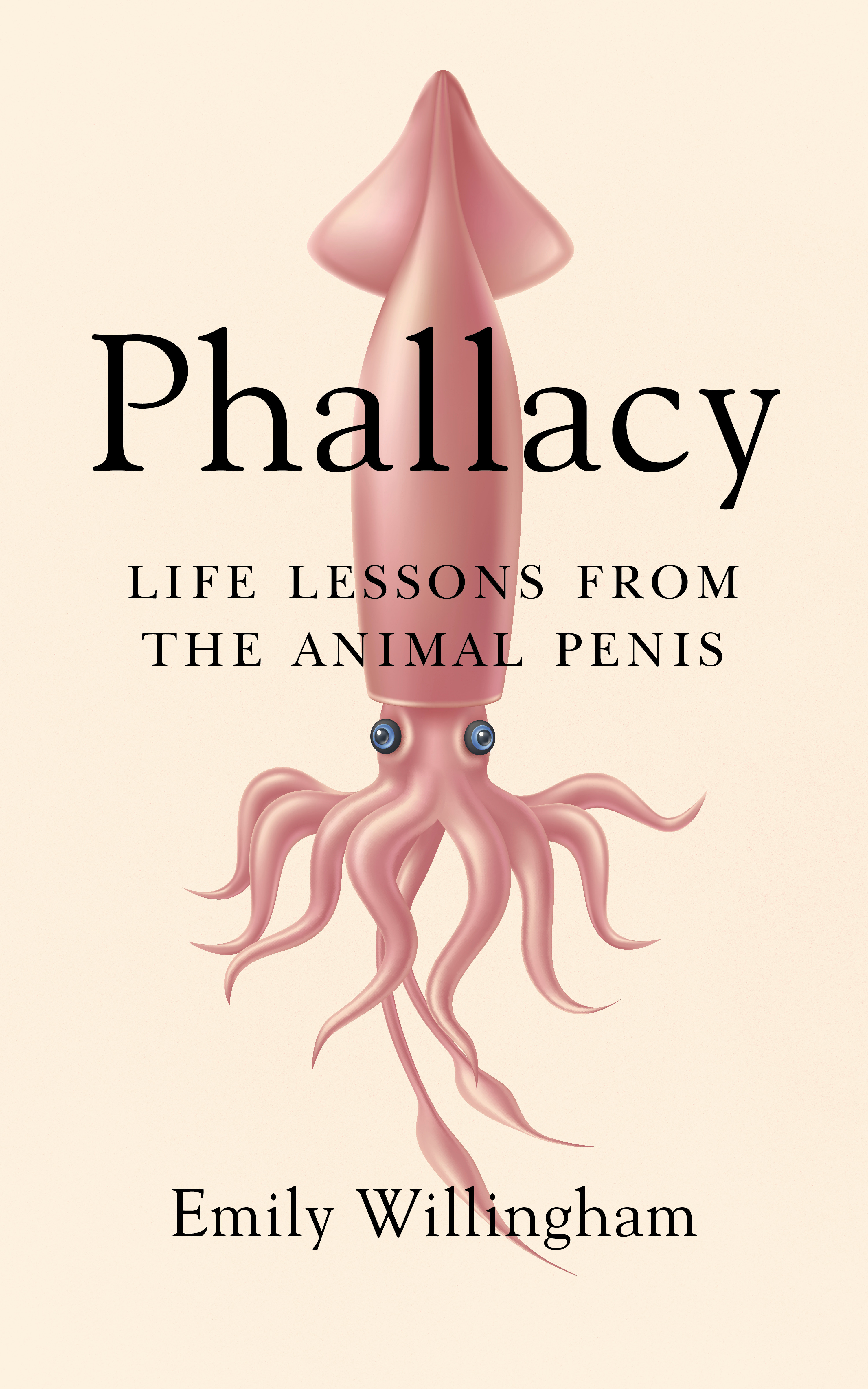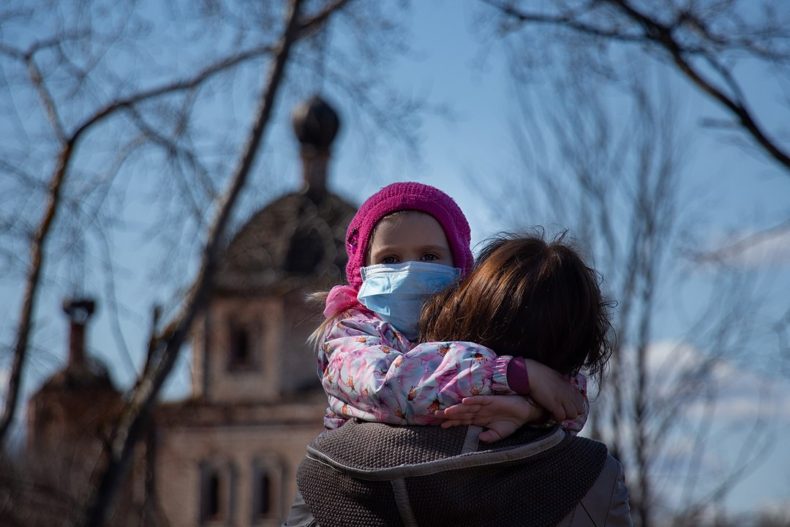
Here’s one of the odd things about this pandemic but it’ll take me a minute to explain it. The older you get, the more people you know who have died. You know what “died” means: their physical bodies have stopped, we’re left with whatever of their presences we can hold on to. Whatever else the pandemic has done, especially for people like me who live alone, it has split the meaning of death. Our friends, relatives, neighbors, mail carriers, though their bodies haven’t stopped we’re still left only with whatever of their presences we can hold on to. Phone presences. Zoomed presences. Presences through a glass door. Presences 10 feet away, outside, with masks. People don’t seem quite as real as they used to be or they seem to live in a world farther away. Does this make sense? People we can’t touch. It’s in the language: a healing touch, a touching moment.
⸎
I don’t know anyone who’s had covid-19, except one guy who seems to have antibodies and a bad flu in early spring, a friend whose father had it and recovered, a friend whose mother-in-law had it and didn’t; I know several people who’ve tested negative. People I talk to are stressed, tired, fried, but they feel lucky. They’re lucky that they’re not sick and that most everyone they know isn’t sick; they’re lucky to be eating, sleeping, and taking care of business. They’re on social media with pictures of their pets, their gardens, their hikes. They seem to have discovered an entirely new set of neighbors – preying mantises, crows, plants, hawks, lizards, raccoons, deer, bears even – that they knew they had but had never paid much attention to. I look over the top of my computer and out the window little bright white puffy clouds are meandering around; inside Mozart is on the radio, and right in front of me is a bouquet that a friend sent that looks like crème de brulee tastes. These things are good, right? things that can happen in a quieted world? And the pandemic will be over, right? Some day it will. Things will be different but not all bad. We’ll get through it, we’ll still be happy.
⸎
I had a birthday last week. Neighbors left kid-pictures on my porch table; three neighbors left cards; one left chocolate cake; one left a book. My brother and sister in law called, so did a friend from out of town, so did my godson. Friends sent kind wishes on social media. Friends texted and messaged. Partly I felt guilty because I never ever remember anyone’s birthday, much less do kind birthday acts. Mostly I felt deeply profoundly grateful that I know such people.
⸎
The other day, I ordered lemon ginger scones from a bakery that sold them at the farmers market. I don’t go there any more, I haven’t been since March. The person who delivered the scones was someone who’d run the stall at the market, someone I have no great feelings for. I saw her walk up on my porch, recognized her, and had this little spike of pure joy. I smiled all over the place, I thanked her over and over. Afterward I thought, what if she had been someone I know I miss, what would I feel then? What if I could touch this person I miss, or could hug them? What if I could be in their near, physical presence? I’m not a huggy, touchy person but I think I would start crying and not be able to stop.
_______
Photo: via Wikimedia, www.vperemen.com
